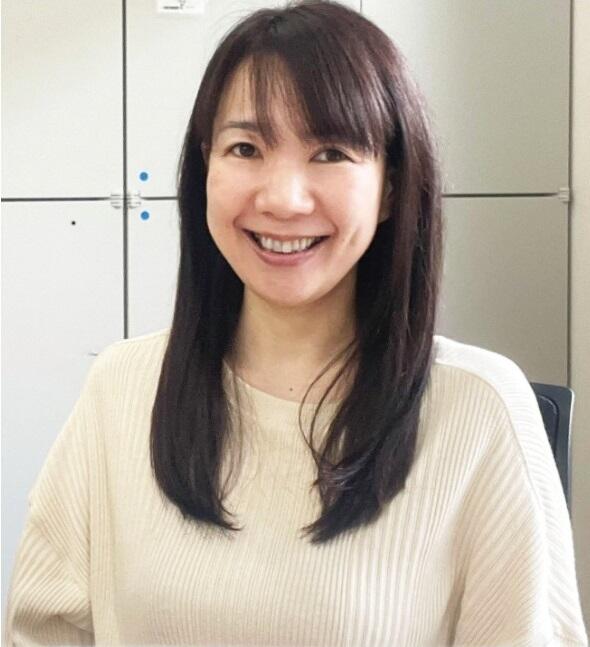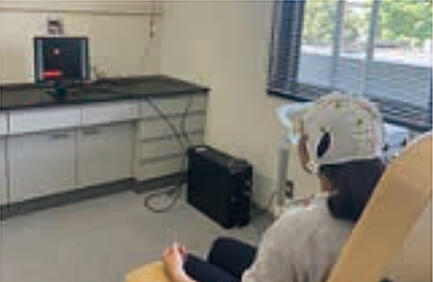
Researcher, Department of Information Technology and Human Factors, National Institute of Advanced Industrial Science and Technology (AIST)
Q1: What inspired you to become a researcher?
A1: The TV programs I watched as a child influenced my research interests, and I eventually became interested in the intricate workings of the brain.
When I was 9 years old, I watched a TV program called "Brain and Mind," in which Takeshi Yoro, MD, explained DNA and synapses using state-of-the-art 3D images. The images were so beautiful that I wanted to see the microscopic world inside the head and body.
This desire continued throughout my career, and I went on to study MRI and diagnostic imaging techniques at the Department of Radiological Technology at my university, where I analyzed brain images of patients with head injuries. I became interested in how the brain works, including how brain injuries heal and how other parts of the brain replace them, and ultimately entered the field of neuroscience. In the process, I focused on the brain-machine interface (BMI) and started researching rehabilitation using BMI.

Q2: What is your research topic, and what is rewarding about it?
A2. Connecting the brain with machines that support its activity. I am working toward developing a new tool that everyone can easily use.
BMI is a new neuro-engineering technology that replaces brain function lost to disease or injury by operating machines based on the patient's brain activity. In addition to replacing brain function, these machines decode the brain activity of stroke patients and enhance their rehabilitation effects by moving their limbs with a robotic arm.
However, BMI manipulation, i.e., imagining the body as if it were moving and changing brain activity at will, varies among participants in terms of their strengths and weaknesses. FOREST focuses on the activity of the putamen, part of the basal ganglia in the central part of the brain, to investigate this difference. In the course of our research, we found that the putamen of people who are good at BMI manipulation is connected to the motor cortex, while the putamen of people who are bad at BMI manipulation is connected to the motor cortex as well as a wide range of cerebral regions involved in cognition and emotion. This result suggests individual differences in brain usage in BMI manipulation. The significance of these differences is still unknown, but this study captured the tendency of people who think theoretically to be bad at BMI manipulation and those who perceive things intuitively to be good at BMI manipulation.
The most interesting aspect of the BMI study is that there is individual variability in the brain. It is difficult and fascinating to consider how to interpret these results since the subjects have different lifestyle factors and experiences. In the future, we will aim to clarify the characteristics of people who are good at manipulating BMI as well as classify brain characteristics such as blood type to allow us to propose customized neuro-rehabilitation programs tailored to each individual's characteristics. In the future, we hope to make BMI manipulation easy for everyone to use at home or in senior care facilities.

Q3: What would you say to people who want to become researchers?
A3. Keep up with technological developments and encourage your curiosity.
Today, a diverse range of information and new theories are being spread. Researchers must absorb this information and remain updated. On the other hand, perseverance in one's research without being misled by such information is also essential. It is imperative to have a broad perspective and knowledge to maintain balance.
Fortunately, the Okinawa Institute of Science and Technology, where I was enrolled as a researcher, staffed researchers from more than 50 countries, and fostered a collaborative academic culture that transcended the boundaries of scientific disciplines. I was able to gain diverse ideas and considerable knowledge. I hope you all have the curiosity and challenging spirit to explore new ways.
(TEXT: Kazuyuki Katayanagi)




